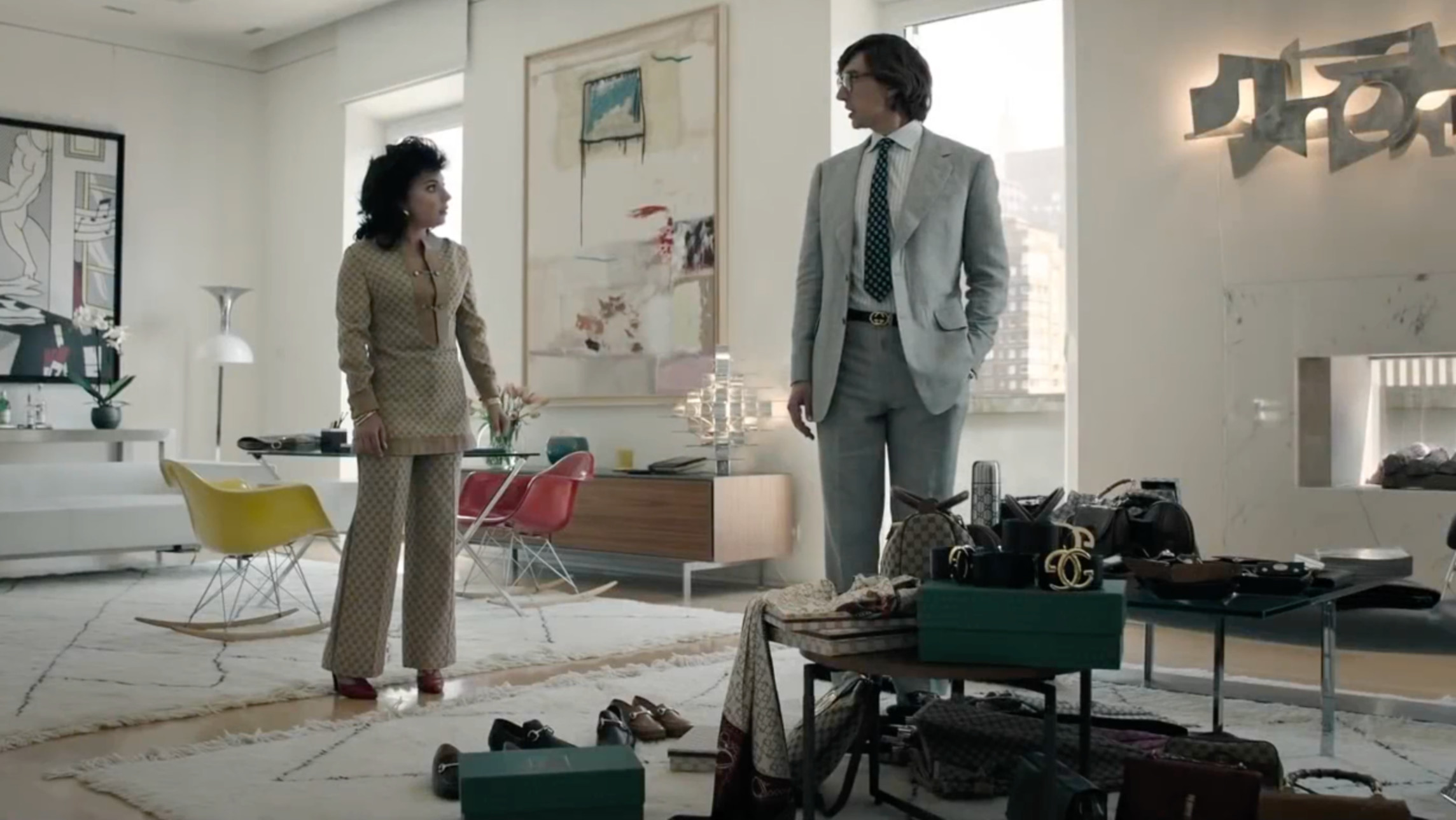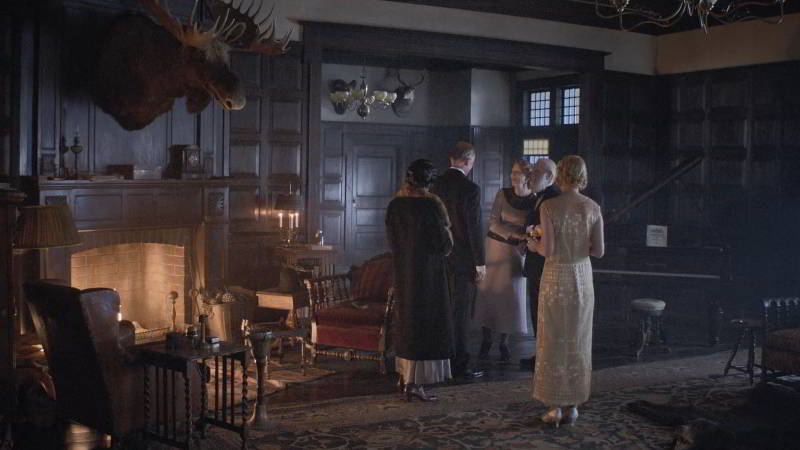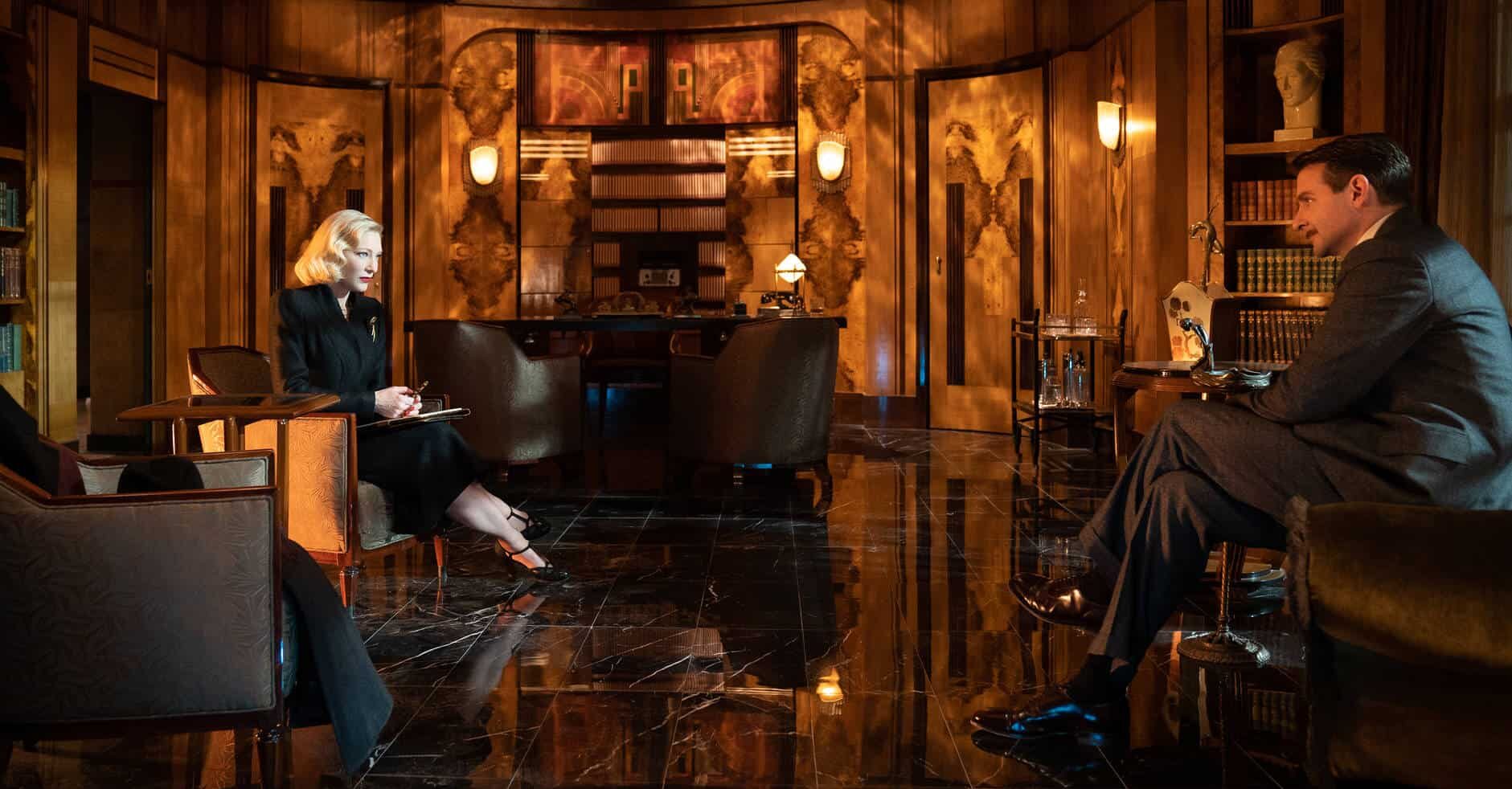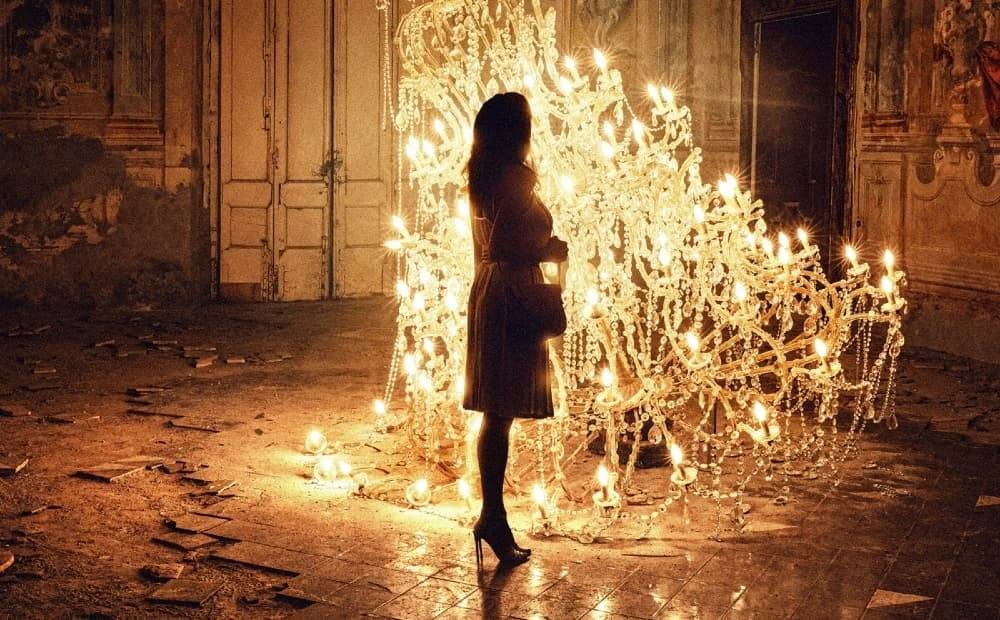Who will be the winners of the most awaited Hollywood night? Follow us on our IG stories to find out! Meanwhile, waiting for the night of March 27, when from the Dolby Theater in Los Angeles we will find out who will win the Academy Awards, intOndo gives you its selection of the most inspirational interiors of the nominated films this year.

If we had to start from one of the most opulent movies a source of inspiration for luxury interiors and which has been talked about the most, the first place goes to Ridley Scott's House of Gucci. Exceptional cast — Lady Gaga, Adam Driver, Al Pacino, Jared Leto, Jeremy Irons —, and a succession of iconic interiors meticulously recreated and reinterpretated by the set designers in the locations of the movies: New York, the studios of Cinecittà in Rome, historic Italian houses and villas. We see it all: from the rationalist premises of 1930s Villa Necchi Campiglio in Milan, to the evocative frescoed rooms of 16th century Villa Balbiano on Lake Como, with its triumph of antique pieces signed by the great designers from the 18th century onwards; from a mountain chalet warmed by velvets, furs and neutral shades of wood up to the New York apartment: the latter is an apotheosis of the style of the late 80s and early 90s, outlined by the prevalence of white, chromed steel, lamps by Fontana Arte and works of art signed by the blue chips of pop art and abstract expressionism, from Mark Rothko to Roy Lichtenstein and Robert Rauschenberg.

Austere elegance for The Power of the Dog, signed by the great director Jane Campion. Starring Benedict Cumberbatch and Kirsten Dunst, the film was shot by Campion in the mountains of her native New Zealand, to recreate the life of 1920s American ranch in Montana where a series of enigmatic events take place. The interior of the house shared by the protagonists, brothers George and Phil, is deliberately gloomy compared to the bright landscapes that surround it, and was deeply inspired by Sagamore Hill, which was the home of American President Theodore Roosevelt from 1885 to 1919. Dark wood prevails: on the ceiling beams, on the squared panel walls, on the 17th century style furniture with spiral legs. Wood is interspersed with leather that covers welcoming gentlemen's club-style armchairs and imposing stuffed animals heads mounted above the fireplace.

A trend for dark interiors influences the atmospheres of next movie, even if in this case the environments in which Cate Blanchett and Bradley Cooper move become truly opulent thanks to the presence of lacquered, reflective surfaces and mainly Art Deco style elements. This is Nightmare Alley, shot by Guillermo del Toro with the intention of proposing a contemporary twist to the classic film noir theme. To dominate the scene are certainly the black marble floors, the burled wood spreading from the wall coverings to the furnishings, elegant glass sconces and armchairs covered with iridescent silks, but the whole setting is designed to maintain lightness, clean lines and a certain freshness, reinterpreting cultured and new sources of inspiration. Among the many curiosities related to the film, the director said he was inspired for Cate Blanchett's office by the furniture and design of the Weil Worgelt studio exhibited at the Brooklyn Museum in New York. Designed around 1930 by Parisian decoration studio Alavoine, this room interpreted Art Deco for an elite client, with its highlights being a geometric boiserie and an abstract lacquered panel designed by Henri Redard and executed by the Swiss designer Jean Dunand, one of the greatest exponents of Art Deco.

Finally, an Italian candidate could not be missing from our hit parade: directed and written by Paolo Sorrentino, It was the hand of God — Oscar nomination for best foreign film — confirms once again this director's attention to his stories' atmospheres and environments. In this autobiographical movie, in addition to paying homage to his land by shooting the symbols of Naples, from Piazza Plebiscito to the Lungomare, the Vomero neighborhood, up to the glimpses of the Sorrento peninsula and the isle of Capri, Sorrentino focuses on interiors which outline the situations lived by the main characters and which skillfully trace their personalities. The film really offers a rich series of shots that are quickly imprinted in the viewer's memory because of their mix of impact elements, in which the surreal detail, a trademark of Sorrentino's crucial scenes, is almost never lacking: starting from a gigantic antique crystal chandelier that, inexplicably gliding from the ceiling to the floor and now lying on its side, illuminates a bare and decadent hall, which we understand was once sumptuous: among precious marbles and refined stuccos, this is the elegant 18th century hall of Villa of the Cardinale in Torre del Greco, Naples.






.png)





